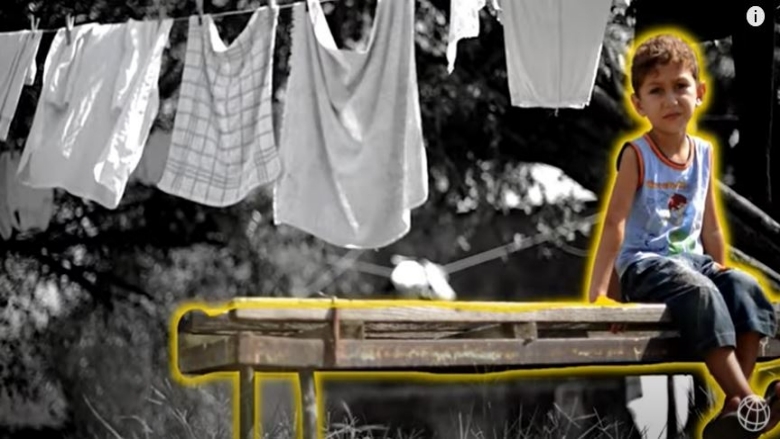“I never imagined being able to own my home, I feel I now have something I can leave to my son. I take care of my job to be able to continue paying for my home.” (Martha, 44 years old, Direct Beneficiary of the Project Tecamac, State of Mexico)
“We used to live at my parents’ house, together with my sister’s family. We now have our own place where the five of us (the couple and three children) live.” (Adriana, 32 years old, Direct Beneficiary of the Project, Xilochico de Rafael Avila Camacho, Cuetzalan, Mexico)
CHALLENGE
Although numerous efforts have been made to increase housing supply in Mexico, several previous efforts faced persistent shortcomings. Challenges included: uncoordinated urban sprawl, which characterized many Mexican cities; the need to diversify housing solutions beyond the production of new housing; the importance of addressing the housing requirements of the most vulnerable sector of the population, including informal sector workers and people living in extreme poverty; the relevance of increasing the energy efficiency and sustainability of the sector; and the importance of maximizing co-benefits related to climate, gender and citizen engagement.
APPROACH
The project focused on households below the poverty line that had been previously excluded from receiving support to either acquire or build a new house. The beneficiaries designed and constructed the home on their own plot of land, either constructing it themselves or contracting a builder. The project thereby ensured that housing solutions were designed and constructed under the direct control of beneficiaries, thus encouraging local ownership, community participation, and respect for local customs. Households received technical assistance on construction techniques, contract management, and basic financial literacy. The financial housing support was paired with one or multiple micro-credits, which were typically provided by microfinance institutions, social housing developers, cooperatives, or multiple-purpose financing institutions. In addition, beneficiaries contributed either cash or their own labor to support the construction of the home.
RESULTS
During the four years of implementation, the following key results were achieved by the project: (a) 28,864 beneficiaries received housing support, of which 52 percent were female and 64 percent were beneficiaries from the informal sector; (b) 70 percent of financial housing support was allocated to the poorest segment of the Mexican population; (c) GHG emissions were reduced by 22,530 tons of carbon dioxide (CO2) a year, amounting to 447,660 CO2 tons in all, calculated over a 20-year horizon; (d) 65.4 percent of financing housing supports (18,890) were allocated to improve and build homes in municipalities with high climate vulnerability; (e) 100 percent of housing interventions adhered to strict resilience standards by prescribing the use of materials and construction methods that had been proven resilient to natural and climate-related hazards; (f) Eighty-seven training workshops were carried out on construction best practices; workers safety and security; local and culturally adequate design; and/or participatory planning, especially oriented towards women.
WORLD BANK GROUP CONTRIBUTION
The World Bank, through the International Bank for Reconstruction and Development (IBRD), provided $100 million of financing to the project. Technical assistance funds for $150,000 and $681,000 from the Korea Green Growth Trust Fund (KGGTF) and the Energy Sector Management Assistance Program (ESMAP) respectively complemented project activities.
PARTNERS
The National Housing Commission (CONAVI; Comisión Nacional de Vivienda) successfully implemented the project. CONAVI drew on a roster of approximately 900 well-trained and certified service providers (technical assistants and works executing agencies) that had proven effective.
LOOKING AHEAD
CONAVI and the World Bank are discussing a new operation to continue providing support to the Social Housing Program and to design interventions that are more ambitious in terms of targeting the most vulnerable population.
Learn more:
Improving Access to Affordable Housing Project
Multimedia
Build Better Before, Save Lives After: Making Housing Resilient Before Disaster Strikes, Example of Mexico (Video)
When It Comes to Infrastructure Investments, We Need to Start with Resilient Housing, Example of Mexico (Video)
